Terriers were originally bred to hunt vermin on the British Isles during the 1800s, and they’ve since become popular household pets that are known for their spirited, energetic nature. As a life-long dog owner and an annual watcher of the National Dog Show, it was fun to see Stache, the adorable Sealyham Terrier win Best in show in 2023.
Do terriers shed? The American Kennel Club (AKC) recognizes 31 unique terrier breeds, and while some of them shed moderately, most terriers shed very little.
Some are even considered “hypoallergenic,” which means they’re generally considered more suitable for allergy sufferers than the average dog. And the American Hairless Terrier and Bedlington Terrier are good examples of this.
Still, some terriers do shed. And if you’re thinking about adopting one, knowing which varieties shed the least (and the most) can save you a lot of time and frustration down the road.
In this post, I’ll show you what you need to know about terrier shedding before adopting and give you some tips on reducing shedding in case you already have a terrier.
So with that said, let’s dive right in!
Low vs High Shedding Terriers (What to Look For)
How much an individual terrier sheds will ultimately depend on the breed, but generally speaking, the lowest shedding varieties of terrier have a wiry coat.
What does that mean?
A wire-coated dog typically has a soft undercoat and rough, wiry top coat. And this type of coat typically sheds less than others, which is good news for those considering adopting a terrier, because many dogs in the Terrier Group have wiry coats.
For example, the Irish Terrier, Airedale Terrier, and Border Terrier are all low-shedding terriers that have wiry coats.
Not every wire-coated dog is low shedding, but this is a common trait they share, so it’s a good thing to look for when considering which terrier is right for you.
The only real drawback of a wiry coat is that it can be time-consuming and difficult to groom, as the best way to maintain this coat is with hand stripping.
This is a process that involves plucking out the old hairs by hand (or with a blunt stripping knife) rather than trimming the dog’s coat. And while this doesn’t hurt the dog, it can be very tedious.
Thankfully, however, this is typically only something people do for show dogs. So unless you plan on parading your terrier around the show ring, you shouldn’t have to worry about this.
Anyway, wire-coated terriers aren’t the only low shedders in the Terrier Group, so let’s explore what other varieties there are that are known to drop very little hair.
What Are the Lowest-Shedding Terriers?
If you’re looking for the absolute lowest-shedding terrier of all, that would have to be the American Hairless Terrier since it has no hair to shed. It’s totally bald! If you asked yourself: What is a medium sized non-shedding dog? Below could be a breed to research….
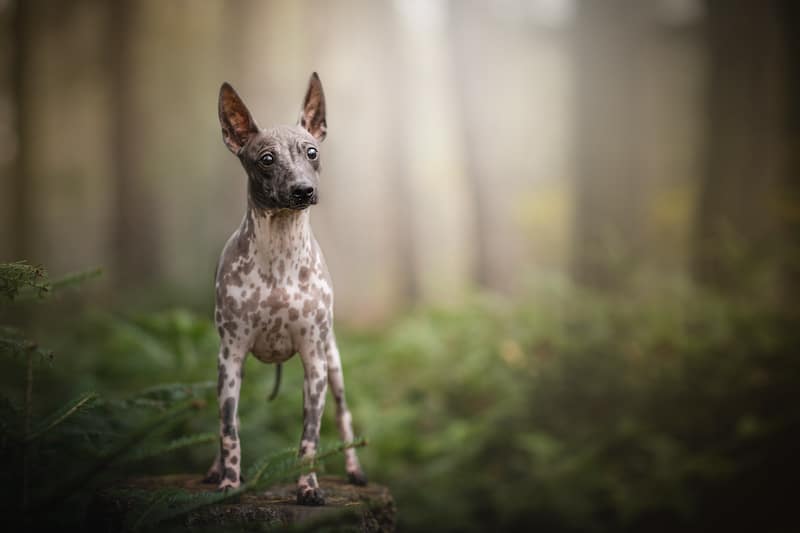
And out of the terriers that DO have hair, the next lowest shedder would have to be the Bedlington Terrier, a mid-sized dog from North East England.

There are many other low-shedding terriers aside from those two, but the following ten terrier breeds are what we’d consider to be among the lowest-shedding of the bunch.
Irish Terrier: Irish Terriers are medium-sized, all-purpose farm dogs that originate from Ireland. They are easily recognized by their red coat and bold, courageous (yet gentle) nature.

Airedale Terrier: The Airedale Terrier is known as the “King of Terriers,” which makes sense given they are the largest of all terriers and are known for their courage and versatility.

West Highland White Terrier: Westies are small white-coated Earthdogs that were originally bred to hunt rats and other rodents in Scotland. Today, they make great family pets and show dogs. I have known many Westies over the years and they are a barrel of fun.
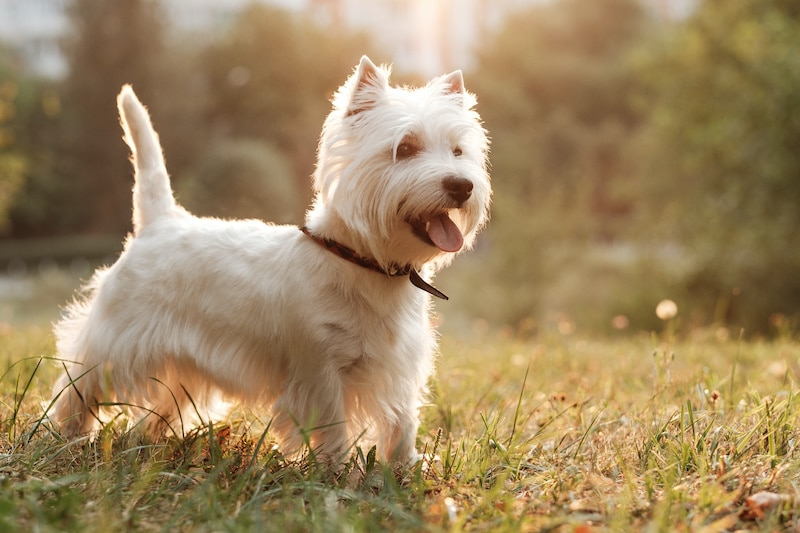
Welsh Terrier: Welsh Terriers are an alert, spirited terrier of medium size that originates from Wales, where they were once used to hunt rodents, badger, and fox.

Norfolk Terrier: The Norfolk Terrier is a small dog of British origin that is best known for being a fearless, energetic, and adventurous family companion.
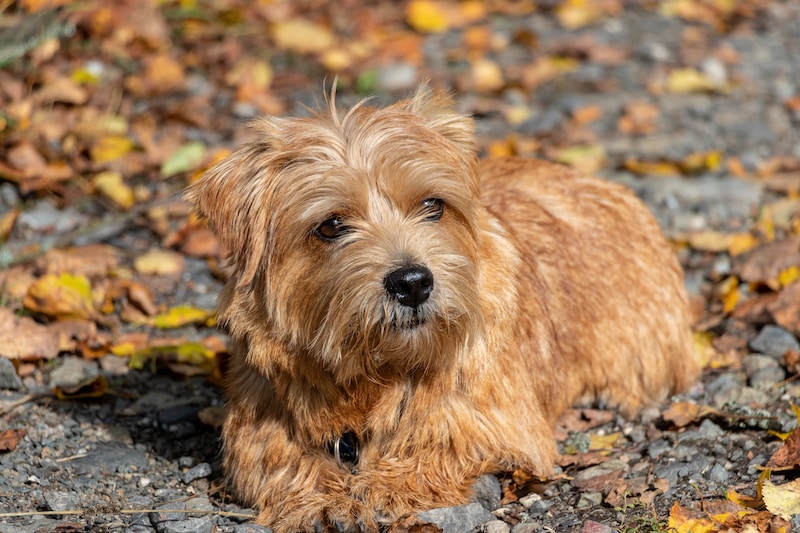
Soft-Coated Wheaten Terrier: The Wheaten Terrier is a playful, loving, energetic terrier that was originally bred as a farm dog in Ireland. They love people and are great with the whole family.
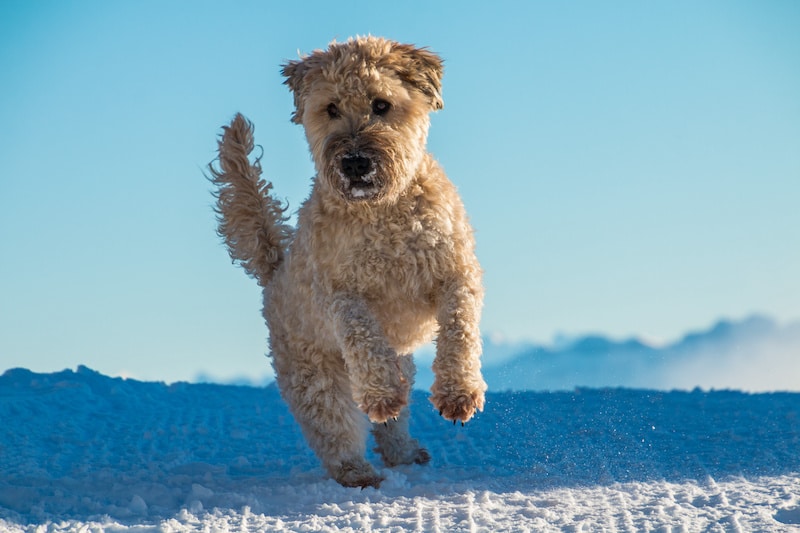
Miniature Schnauzer: Believe it or not, the Mini Schnauzer is part of the Terrier Group! This little furbaby was bred in the 19th century by German farmers for the purpose of hunting rats and is one of the lowest-shedding dogs you’ll find.

Lakeland Terrier: These are mid-sized dogs from England’s Lake District that used to hunt vermin on farms. As an outgoing, upbeat canine, this Terrier breed makes a worthwhile companion.
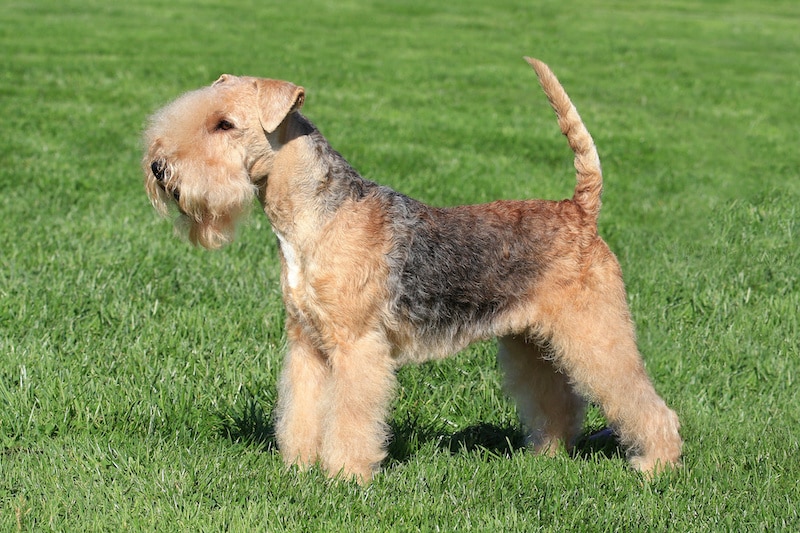
Australian Terrier: The Aussie Terrier is a small terrier from Australia with oversized, pointed ears and a scruffy coat that sheds very little hair.

Yorkshire Terrier: Yorkshire Terriers are small, affectionate dogs that are full of personality. They were originally developed in England as skilled ratters but went on to become one of the most popular urban companions in the world.

There you have it… the lowest-shedding terriers of all! And if you’re looking for more ideas, you can see more content we’ve written about terriers here.
Are There Any Hypoallergenic Terriers?
The American Kennel Club has listed both the American Hairless Terrier and Bedlington Terrier as hypoallergenic, so if you’re looking for a hypoallergenic terrier, those are your best bet. I am a life-long allergy sufferer, which is why I am trying to help others eliminate the suffering we face as dog lovers.
That said, it’s important to note that no dog is 100% hypoallergenic. Meaning there is a chance that ANY dog (even hairless dogs) can cause an allergic reaction.
Why? Because the main cause of the reaction is often not the hair itself but rather the dog’s dander (dead skin flakes that resemble dandruff).
However, dander and other allergens a dog produces (like dried saliva, urine, and sweat) typically stick to a dog’s hair. So if they shed lots, there is a much greater chance that the dander will get airborne and trigger a reaction in someone with an allergy.
As such, it is generally dogs that produce low levels of dander and that shed very little hair that are considered “hypoallergenic.” But take this with a grain of salt, as ANY dog has the potential to trigger a reaction, especially if the person is highly sensitive to dogs in the first place.
How Can You Reduce Terrier Shedding?
If you’ve already adopted a terrier and have noticed that he’s shedding more than you’d like, rest assured that there are some very simple and effective ways to minimize it.
It’s not possible to completely stop a dog from shedding, but you can reduce it.
And it’s not that hard to do. For the most part, reducing excessive levels of shedding comes down to optimizing your dog’s diet (with your vet’s help) and establishing a proper grooming regime.
On the first point, it’s best to look for dog food that is not only designed to provide your dog with all the nutrients he needs but that has been specially formulated to reduce shedding.
There is no magic food or supplement to stop shedding, but some kibble is just made of higher quality ingredients that can help improve your dog’s skin and hair, and some dog food contains higher amounts of healthy omega-3 fatty acids and other nutrients aimed at reducing shedding.
On the grooming front, consider bathing your terrier with a good quality dog shampoo once or twice a month (depending on how dirty he gets) and brushing a few times a week. Together, these can make a big difference in how much hair your dog drops throughout your home!
And if you’re looking for more ideas, check out our guide to reducing dog shedding.
What Are the Best Terrier Alternatives?
Terriers make great companions, and there are so many varieties to choose from that each have their own unique traits, so there is sure to be one you will adore.
That said, if you’re looking for a dog that is less likely to bark and chase down every rodent it finds (lol), then there are some great alternatives out there.
For example, the Toy Poodle is a small, low-shedding, hypoallergenic dog that is great for apartment living, as they typically aren’t heavy barkers unless they perceive a threat.
Or if you’re looking for a dog that fits that description but is also easy to groom (unlike a Poodle), then a Basenji or Boston Terrier might be more to your liking.
Here are some articles we’ve put together if you’re looking for more ideas:
- 10 Small, Quiet Apartment Dogs That Don’t Shed Much
- 8 Small, Smart, & Highly Trainable Low-Shedding Dogs
- 13 Small Lap Dogs That Don’t Shed Much Hair
Conclusion
If you want to adopt a small, low-shedding dog, then it’s hard to go past a terrier. These feisty, energetic dogs are adorable and will love being part of the family!
And hopefully, what I’ve shared in this post has given you some insight into which ones shed the least (and why) to make your life a little easier. We also discussed which terriers are generally considered hypoallergenic for those of you that are concerned about allergies.
So with that said, I hope you found this helpful, and thanks for reading!
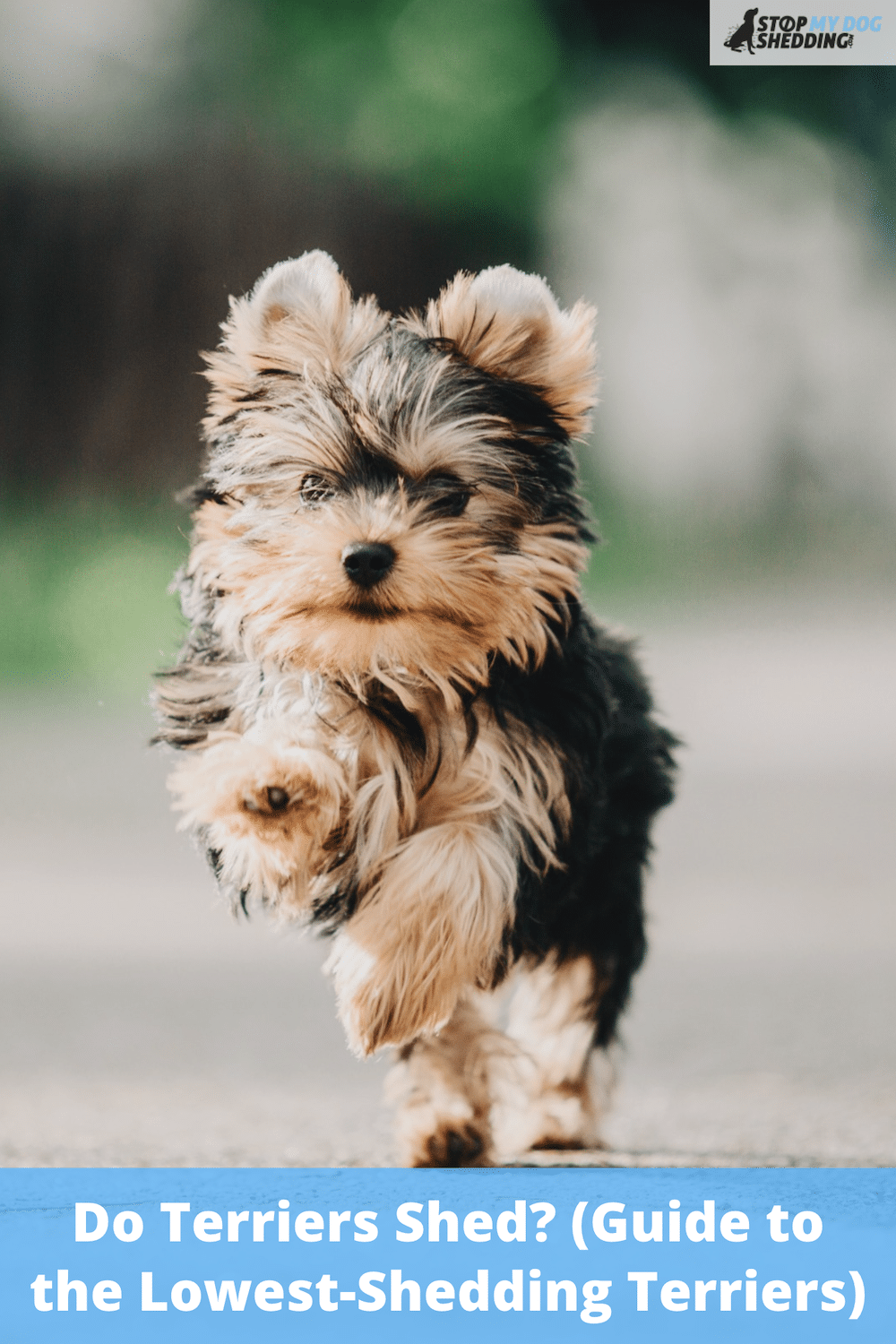

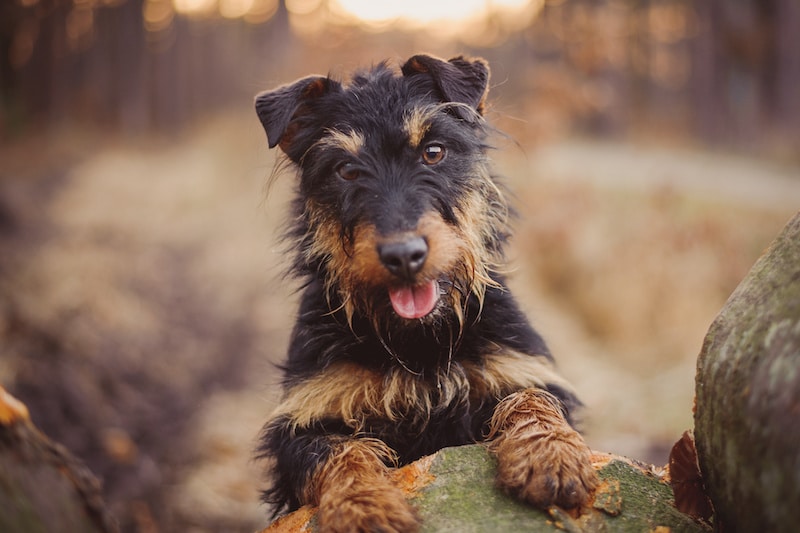
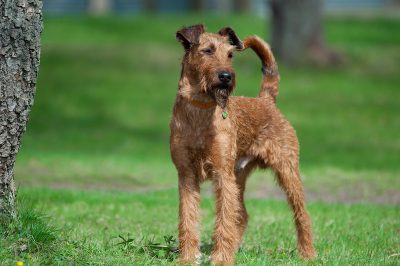
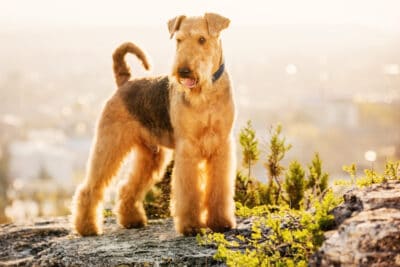
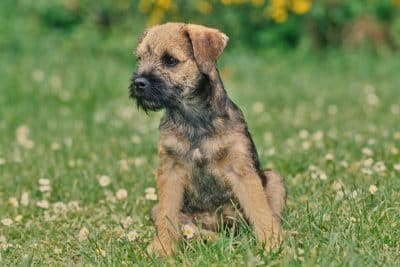










Please note: By submitting a comment using the above comment form, you confirm that you agree with the storage and handling of your data by this site as detailed in our Privacy Policy.